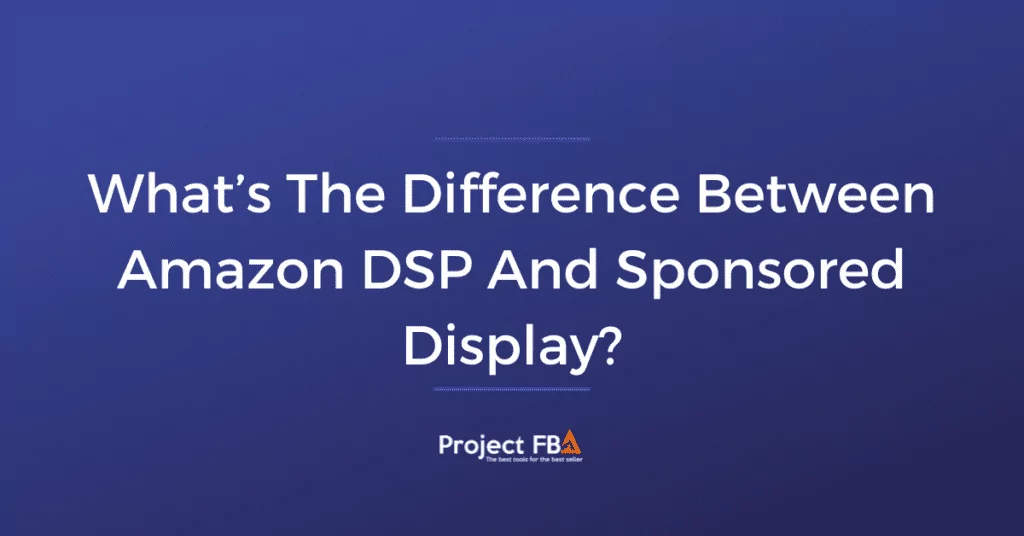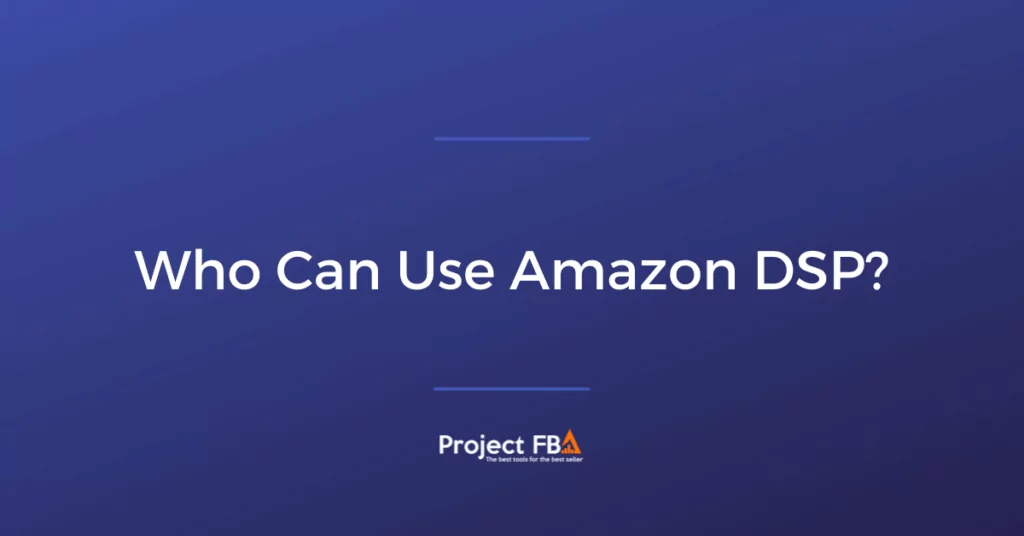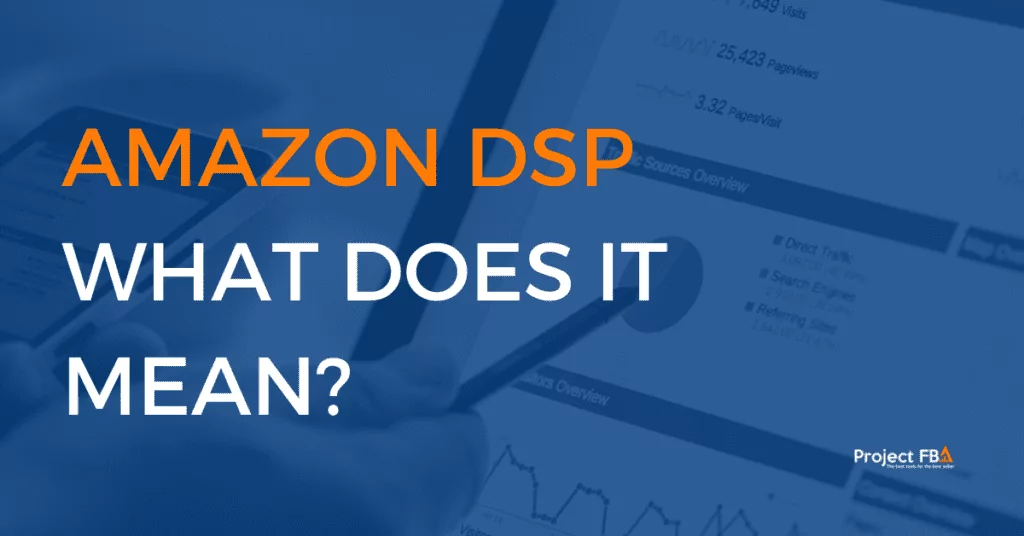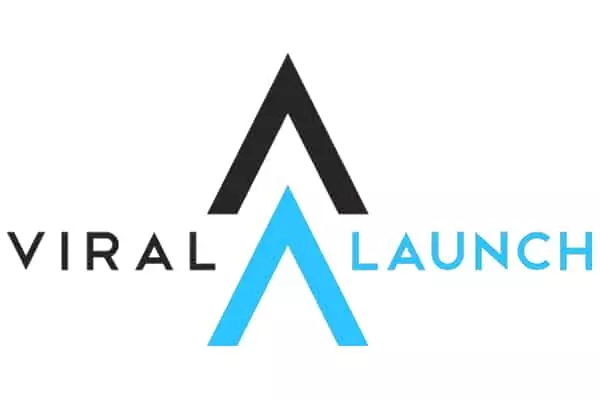We all know the benefits of buying what we need off of Amazon, and sometimes things that we don’t need. But have you considered the effects of using Amazon as an advertising platform?
The billion-dollar business of advertising is highly effective, and business models are always changing to create more innovative and diverse methods of advertising and marketing.
Whether you’re looking to promote something with an east to follow popup, a small business hoping to build your audience, or even an intrigued customer wanting to learn more about the marketing process, this is a guide to how DSPs work within Amazon and the reasons why you should advertise on the site.
A Demand Side Platform (DSP) is the name given to software owned by advertisers to buy ads from a marketplace.
Put simply, a DSP is a series of advertising slots that businesses and other organizations can buy, which will contribute to the total adverts which appear to consumers. Amazon customers might notice the use of a DSP when they are browsing for particular products.
This is known as programmatic advertising because it is largely automated based on user activity. This is why you might see specific ads while you are online shopping, sites store your data to temporarily generate similar product recommendations.
Although this might feel a little difficult to follow at a glance, we’ve created this guide to help you understand more about DSPs including some simple definitions, and frequently asked questions.
Demand Side Platform
DSPs programmatically buy ads to reach new and existing audiences on and off Amazon. This really means that mass advertising of businesses and products is more achievable through the use of a DSP.

Amazon is a great example of this because it demonstrates how effortless it can be to generate metrics from your recent searches and offer you something similar.
Another benefit of using Amazon is that quality standards establish brand safety and enable businesses to build campaigns or promote their products.
DSPs use a process known as programmatic advertising, which means that it is your job as a business owner, publisher, or even charity, to compete with other brands in a bidding process.
Programmatic Advertising
This refers to the automated buying and selling of online advertising that allows certain brands to receive dominant advertising, and others need to compete for available spots during a bidding war. There are two different types of programmatic advertising, covered below.
- Real-time bidding- Advertisers specify the target audience from their ads, and how much they’re willing to spend. A bidding war is then generated between you and other brands who want to reach a similar audience. Algorithms consider browsing history, time of day, and IP address into account, and the winner with the highest bid wins the placement at the end of the time period.
- Programmatic direct- This would be considered the more traditional and guarantees ad placement in premium locations. Direct deals are often done between publishers and advertisers.
Pros and Cons
These are some key pros and cons of using a DSP that we thought would be worth reading into. For more information, check out DSP product advertising on Amazon and PPC management.
Pros
- Efficiency- everything is adjustable from one dashboard, which means that you are able to spend less time doing administrative tasks and can focus more on the quality of your ad and how eye-catching it is.
- Data- many DSPs offer businesses more data than a single network can provide. This means that brands are more likely to reap the benefits of more marketing, higher customer numbers, and total income generated.
- Targeting- more data means more pinpointed targeting ads and post-click landing pages. Consumers are less likely to notice random ads when businesses have taken the time to consider the role of data on targeted ads. When there are more targeted ads, customers are more likely to click on them and therefore more likely to spend money on products.
- Support- when using a DSP, because they are typically bigger than a single domain, you are more likely to receive more support. Beyond the traditional customer helpdesk style, there is much more personal input available that is more likely to be worth your time and genuinely beneficial.
- Inventory- with access to more data, DSPs enable enormous amounts of coverage for your ad when compared to traditional websites.
Cons
- Cost- with increased advertisement rates, it makes sense that DSPs require more of an investment than traditional coverage costs (ACOS). It is definitely a significant investment that might take some time to make back. We can only recommend DSPs if your budget allows it, for that reason.
- Complexity- there is a lot of jargon available on DSPs, not to mention the impact that huge amounts of data can involve. If you aren’t careful, you could end up with a very complicated task load. Make sure to carry out thorough research, and check out Amazon’s tips page for more information.
Frequently Asked Questions – Amazon DSP
We’ve answered some commonly asked questions so that you don’t have to scour the internet for solutions.
Who Can Use Amazon DSP?
A: Advertisers who sell on Amazon or other sites can use mobile advertising to provide custom advertising through DSPs. You don’t have to sell your product on Amazon or even have an ad designed, Amazon has some easy-to-follow guides and pre-made e-commerce templates.
How Do I Measure The Progress Of My Campaign?
A: Amazon uses industry-standard metrics as well as Amazon-propriety metrics to generate the most accurate statistics including reach, frequency, and viewability of users. Custom analytics are also available when accessing the Amazon Marketing Cloud.
What’s The Difference Between Amazon DSP And Sponsored Display?

A: Amazon allows more wide coverage because you are encouraged to programmatically purchase ads, whereas the sponsored display is a self-service display advertisement product.
There is obviously a significantly lower customer service experience and less guidance than you will find on Amazon DSPs.
What Ads Can I Buy Through Amazon DSP?
Audio, display ads, and video ads are all available using the Amazon DSP service. There is therefore a lot of freedom for you to find a completely custom ad display and experience for the customer.
Who Can Use Amazon DSP?
Advertisers based in North America, South America, Europe, Middle East, and Asia Pacific can all use Amazon DSP.

To summarize, DSPs are advertising methods used by businesses and product developers, in order to optimize audience, reached, as well as increase average revenue generated.
The modern world is fuelled by money and marketing, and it’s no wonder why there are new phrases used to address advertising methods.
Customers are very aware of the role that their data plays on advertising metrics, and are more likely to spend money on the things that are relevant to them as individuals.
Brands search for higher accuracy, which comes from more data. You are able to create a largely customized experience through investing in DSPs, and it is definitely worth it.
Another definition for the abbreviation is known as “Delivery service partners”. This is interesting because it highlights how important positive customer service is to Amazon.
It is essential that more data is generated, in order to achieve the most accurate search results and suggested products. The essential nature of marketing is not one that should be overlooked, because so many businesses are in need of higher advertising rates and media coverage.
The media is just as essential in customer service and outreach as it is within the advertisement.



